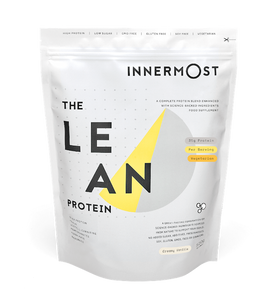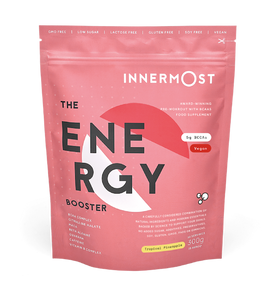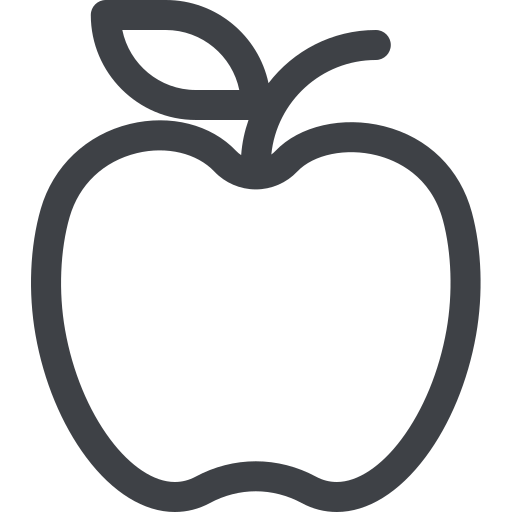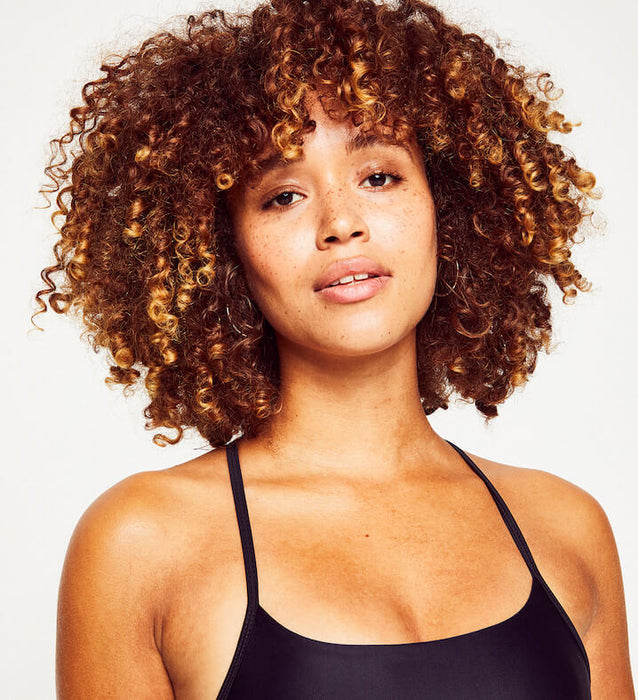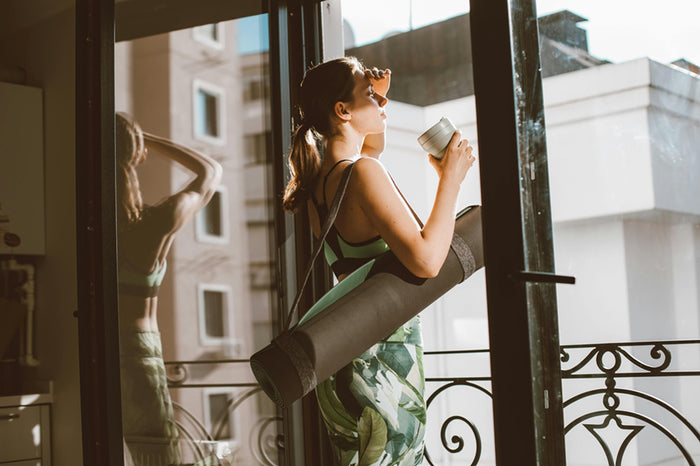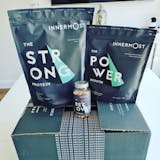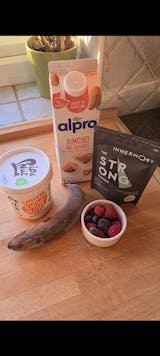If you’re going to be engaging in any form of exercise as part of your healthy diet and lifestyle, make sure you don’t forget to stretch.
We know that sometimes you might “not have time”, or maybe you feel like stretching, warming up and warming down – isn’t completely necessary.
Unfortunately, we’re here to burst that bubble and be the bad guys. Stretching is always necessary, and it’s something you absolutely need to make time for.
Stretching after every single workout, and particularly calf stretches before and after a workout for runners, are hugely important and can have a great affect on your performance, let alone a strong impact in your likelihood of injury.
Don’t believe us? Just check out some of the benefits of calf stretching exercises below.
The benefits of stretching and warming up
- Increased flexibility
- Great source of stress relief
- Relieves feelings of tension and anxiety
- Soothes painful or muscle groups and areas
- Reduces headaches (yes, really)
- Improves your overall posture
- Greatly minimises your risk of injury
- Maximises your performance levels
- Increases blood flow around the body
- Improves heart health
And last, but not least, stretching can even help improve your sleep: both length and quality. How great is that? Bet you’re not going to skip out on those warm down stretches next time you head to the gym…
How does stretching help tight calves?
Providing both a short and long term solution to tight calves, employing the right stretches at the right time can be the difference between gaining an injury and not.
It’s important to remember that with calf stretches (and all stretches, for that matter), the aim of the game is to gently stretch and lengthen the muscle, rather than causing further damage.
To ensure that the latter isn’t the case, we stress that these are gentle movements, and if executing them causes excess strain or even pain, return to a resting position.
Our 4 favourite calf stretches
If you’re currently suffering with tight calves, or need some inspiration when it comes to how to stretch calf muscles for your next workout session, check these out.
Tight calf stretch #1: The lying calf stretch
The lying calf stretch is one of the most popular calf stretches due to it’s effectiveness. Get ready to feel the burn!
Here’s a step-by-step guide:
- Begin the stretch by sitting on the floor with your legs out in front of you
- Grab a resistance band (or a towel, if that’s easier)
- Find the mid-point of your band or towel and place the ball of your foot in the middle, holding the ends with each in one hand
- Pull the band or towel towards you, pointing your toes up towards you
- Continue until you feel an effective stretch in your calf muscles
Continue onto the other leg and repeat this calf stretch to ease your tight calves as necessary.
Calf stretch #2: The step stretch
The step stretch will require a step (or a box) for you to utilise.
Here’s how you can ease your tight calves with a step stretch:
- Stand on a step (or the box, whichever you have) with your feet together
- Take the heel of the calf that needs stretching and rest this heel on the back of the step (or box)
- Drop the heel by bending your parallel leg until you feel the calf stretch
- Hold and repeat as necessary
Tight calf stretch #3: The classic downward dog
If you’ve ever tried out some yoga, you’ll be familiar with this classic yoga pose. The downward dog is a hugely versatile yoga position, but also an incredibly effective calf stretching exercise. Tight calves, be gone!
- To begin, stand on all fours (hence, the downward dog) ensuring your knees are positioned behind your hips
- Spread your hands and feet shoulder width apart with your head directed towards the floor
- Using your toes, stretch up and press your hands firmly into the floor
- Continue until you feel a stretch in your calf muscles
Calf stretch #4: The wall lunge
Calling all runners: this is a great calf stretching exercise for you. Commonly referred to as the runner’s wall stretch (we guess that the clue is in the name), this stretch is quick, simple and efficient, making this calf stretching exercise the perfect addition to your workout.
Note: if the name didn't give it away already, you’re going to need a wall.
- Face the wall, standing tall with your arms and legs hip width apart
- Place your hands out in front of you onto the flat wall ahead and ensure that there is a bend in your arms, focusing your weight in your feet and heels
- Bend forward to feel the calf stretch, keeping your heels firmly on the ground
Summary
So, there you have it. A whistle-stop tour of how to stretch calf muscles, from the benefits of stretching itself to our favourite calf stretching exercises.
If you’re someone that partakes in a lot of cardio exercise (or, more specifically, if you’re someone that does a lot of running), if you don’t already integrate calf stretches into your workout routine, we definitely recommend getting some of these calf stretching exercises under your belt and into your workout routine.
As always, we’d love to hear from you, so if you have an effective calf stretch that we’ve missed, we want to hear about it. Get in touch with us over on Instagram as always, at @liveinnermost.
‘Til next time! Happy stretching.

